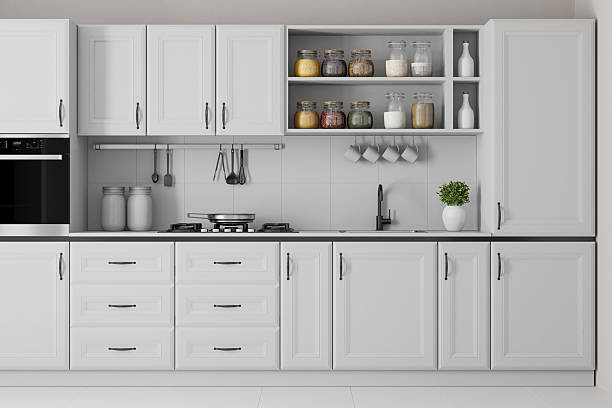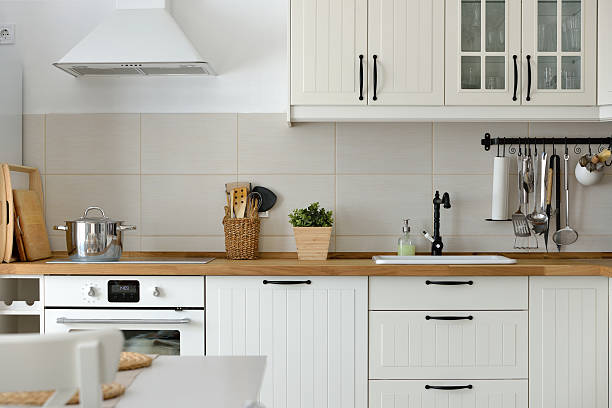La cuisine est le cœur de chaque maison, et les accessoires de matériel de cuisine sont ses composants vitaux. Pour être à la hauteur de ce rôle central, charnières, diapositives, tirages, et les boutons doivent parfaitement équilibrer la fonction durable avec un beau design. Pense que les charnières fonctionnent en douceur des milliers de fois, Times de tiroir portant du poids sans effort, ou gère le sentiment juste dans votre main. Bien que apparemment petit, Ces accessoires de matériel de cuisine façonnent fondamentalement la sensation et la longévité d'une cuisine. Alors que les professionnels de l'approvisionnement naviguent par le paysage des perturbations mondiales et des attentes croissantes, La maîtrise de cinq zones critiques est essentielle: Volatilité des prix de l'approvisionnement, garantir des délais de plomb fiables, Qualité sans compromis exigeant, activer la personnalisation intelligente, et fournir un support après-vente robuste. Getting these right for your kitchen hardware accessories isn’t optional—it’s the foundation for resilient supply chains and genuinely satisfying kitchens.
Price & Total Cost
Let’s be real: price pressure is constant. But in 2025, it’s not just about finding the cheapest hinge or knob. The real game is understanding Total Cost of Ownership (TCO). Why? Because the initial unit price can be a mirage.
Raw materials like stainless steel, zinc alloys, and specialized coatings? Their prices bounce around like ping-pong balls, influenced by global demand, energy costs, and even geopolitics. Labor costs shift. Shipping lanes get congested. That “lowest price” suddenly balloons when you factor in delays, defects, or hidden fees.
- Dig Deeper with TCO: Calculate the real cost:
- Actual Production & Matériaux: Understand what drives your supplier’s pricing. Are they reliant on a volatile commodity?
- Logistique & Tariffs: Factor in shipping costs, potential delays, and those often-overlooked import duties. What’s the landed cost?
- Installation Efficiency: Does the hardware design make it quick and easy for cabinet installers? Time saved on-site is money saved.
- Build Partnerships, Not Just Transactions: Work with suppliers who are transparent about their costs and have strategies to manage risk. Talk openly about challenges.
- Explore Creative Agreements: Consider multi-year contracts with price adjustments tied to clear, verifiable indexes (like specific metal prices), providing stability for both sides.
- Diversify Thoughtfully: Can you source certain items from different regions to mitigate the impact of a cost spike in one area?
- Invest in Quality Upfront: Payer un peu plus pour une fiabilité éprouvée est presque toujours payante en évitant ces scénarios de défaillance coûteux en fin de compte.
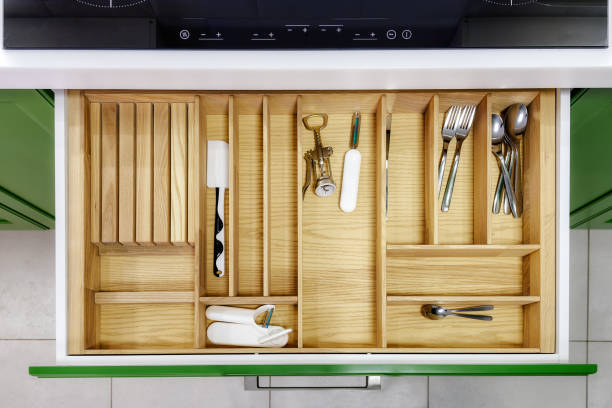
Fiabilité du délai de livraison
“Où est ma commande?” est une question, aucun achat, ne veut entendre trop souvent. Dans 2025, Les chaînes d'approvisionnement mondiales sont meilleures que les années de chaos de pointe, Mais ils sont loin d'être prévisibles. Scarls de port, pénuries de main-d'œuvre régionales, Tensions politiques inattendues, ou même un navire coincé dans un canal clé peut lancer les meilleurs plans dans le désarroi. Les délais de direction peu fiables provoquent un effet domino: Installations de cuisine retardée, entrepreneurs stressés, Les propriétaires malheureux attendent leur espace de rêve, et les frais supplémentaires liés dans le stock de tampon ou l'expédition accélérée.
La prévisibilité vaut son poids en or. Knowing exactly when hardware will arrive is crucial for smooth project flow and keeping costs under control.
- Forecast & Partager: Give your key suppliers the best possible forward-looking demand forecasts. The more visibility they have, the better they can plan.
- Vet for Resilience: Don’t just ask about standard lead times. Grill potential suppliers: What’s their true manufacturing capacity? How do they manage inventory? Who are their logistics partners? Do they have concrete backup plans (Plan B, C, even D) for common disruptions? Real-world examples matter.
- Buffer Smartly: Hold strategic safety stock for critical, long-lead-time, or highly customized items. Balance the cost of holding this inventory against the massive cost and hassle of running out.
- Consider Closer to Home: Seriously evaluate nearshoring or reshoring options. Sourcing hardware from factories closer to your main markets can significantly cut transit times and give you more control. The math might be better than you think.
- Embrace Tech for Visibility: Use supply chain visibility platforms. Real-time tracking and early warnings about potential delays are game-changers for proactive management.
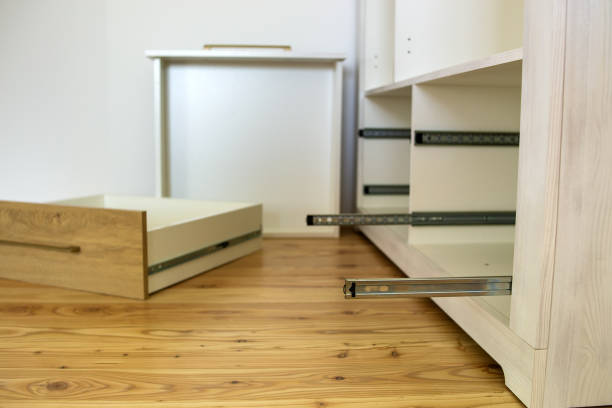
Uncompromising Quality
Quality isn’t a “nice-to-have” pour le matériel de cuisine; it’s the absolute bedrock. These components take a daily beating: constant opening and closing, exposure to steam, graisse, cleaning chemicals, and heavy loads. What happens when quality slips? Hinges sag, doors misalign. Drawer slides stick, groan, or collapse under weight. Finishes chip, peel, or rust. Pulls come loose. The result? Costly warranty claims, service callbacks, angry customers, and a reputation that takes years to rebuild. En outre, meeting stringent safety (like CPSIA for the US) and environmental regulations (like REACH) is mandatory, not optional.
It’s about consistent, demonstrable quality and guaranteed compliance. Every piece, every batch, must perform flawlessly for years and meet all legal requirements.
- Define It Rigorously: Don’t be vague. Write crystal-clear, measurable specifications:
- Durabilité: Cycle test counts (Par exemple, 100,000 open/close cycles for hinges), load capacity ratings for slides.
- Finition & Corrosion: Salt spray test hours (Par exemple, 48+ hours for stainless), adhesion tests, resistance to common cleaners.
- Matériaux: Exact alloy compositions, finish types (PVD, powder coat, etc.), thicknesses.
- Compliance: Explicitly state required standards (REACH, Prop 65, CPSIA, FDA for food-contact surfaces if applicable).
- Demand Proof: Require valid, recent test reports from independent labs verifying performance claims. Insist on certificates of compliance for materials.
- Trust, but Verify (Always):
- Audits: Conduct regular factory audits – onsite is gold standard, but robust remote audits can work too.
- IQC is King: Implement a stringent Incoming Quality Control process. Don’t let subpar goods into your production line. Consider third-party inspection for critical shipments or new suppliers.
- Test Yourself: Periodically send samples for independent testing. Don’t rely solely on supplier reports.
- Traçabilité: Ensure suppliers can trace materials back through their supply chain. This is vital for compliance and recalls.
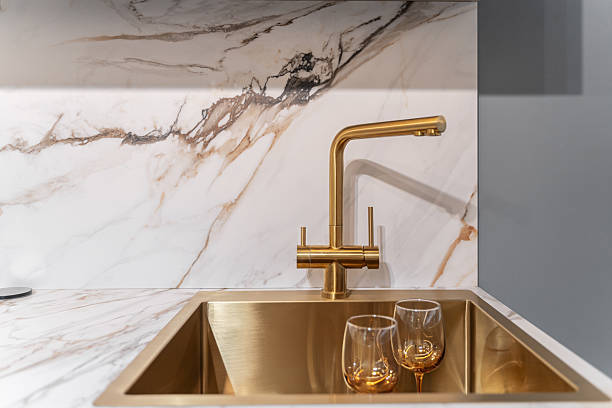
Capacité de personnalisation
Cookie-cutter kitchens are fading fast. Homeowners and designers crave personality: unique matte black or brushed brass finishes, specific sizes for non-standard cabinets, integrated soft-close mechanisms within unique profiles, or distinctive handle designs. Procurement needs partners who can deliver beyond the standard SKUs without breaking the bank or adding months to the timeline.
It’s about responsive, scalable customization. Suppliers need the technical chops and flexible manufacturing (like agile CNC setups or adaptable finishing lines) to handle bespoke requests efficiently, even for smaller batches. Custom shouldn’t automatically mean “exorbitant cost” ou “indefinite wait.”
- Map Capabilities: Proactively identify suppliers with proven expertise in the types of customization you need most – special finishes, unique materials, low-volume CNC work, bespoke mechanisms. Look at their portfolio.
- Probe the Prototype Process: How do they handle custom prototypes? How fast? How much? How clear is the communication during this critical phase? A smooth prototype stage predicts production success.
- Negotiate Realistic MOQs: Push back on sky-high Minimum Order Quantities for custom items. Find suppliers willing to work with smaller batches to reduce your inventory risk.
- Collaborate Early (DFM): Bring your supplier into the conversation early when designing custom hardware. Their manufacturing expertise (Design for Manufacturability – DFM) can prevent costly or impossible-to-produce designs later. Can that beautiful, intricate pull actually be cast effectively?
- Manage Expectations on Lead Times: Be crystal clear with internal teams (conception, sales) and the customer. Custom items will take longer than stock. Get firm lead time commitments from the supplier and build in buffers.
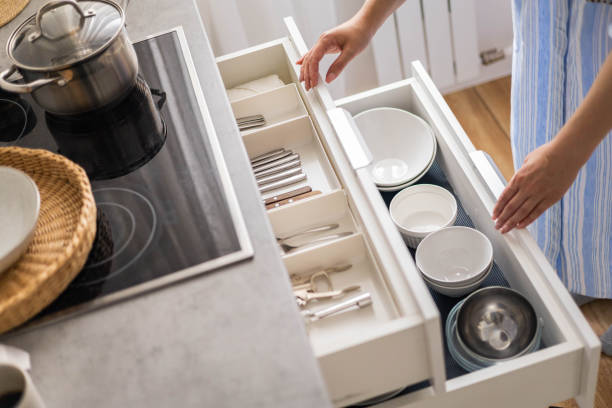
After-Sales Support & garantie
Even with the best quality control, things can occasionally go sideways. Maybe a small batch has a defect. Perhaps a shipment gets damaged in transit. Or a specification was misunderstood. What separates great suppliers from merely adequate ones is how they handle these inevitable hiccups. Poor after-sales support turns a minor issue into a major project-stopping headache, eroding trust and damaging your reputation.
It’s about accessible, responsive, and fair support. When something goes wrong, you need a partner, not a roadblock. Clear warranties, easy access to help, and a genuine commitment to fixing the problem are paramount.
- Scrutinize the Warranty: Don’t just glance at the duration. Read the fine print! What exactly is covered? What’s excluded? What’s the process for making a claim? Is it 1 année, 5 years, lifetime? Negotiate terms that offer meaningful protection.
- Test Drive Support: Before committing to a large order, test their support channels. Email a technical question. Call their support line. How long does it take to get a helpful response? Is there a dedicated account rep?
- Spare Parts Lifeline: Ensure the supplier commits to stocking critical spare parts – especially for their core lines and your custom items – for many years beyond your initial order. You don’t want to tell a homeowner you can’t fix their drawer because the slide is discontinued.
- Understand the Escalation Path: Know the process for escalating issues if the frontline support isn’t resolving the problem. Who do you call?
- Check References & Réputation: Ask other buyers about their after-sales experiences. Search industry forums and reviews. A supplier’s reputation for support is often well-earned.
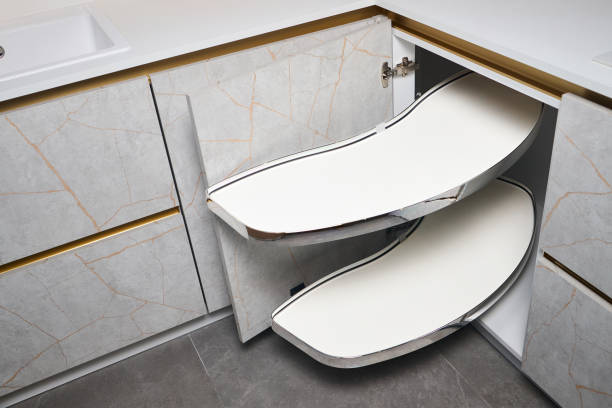
Conclusion
Sourcing kitchen hardware accessories in 2025 isn’t about ticking boxes; it’s about navigating a complex, interconnected web. Price, delivery, qualité, customization, and after-sales support aren’t isolated concerns – they impact each other profoundly. The most successful procurement teams understand this dance.

